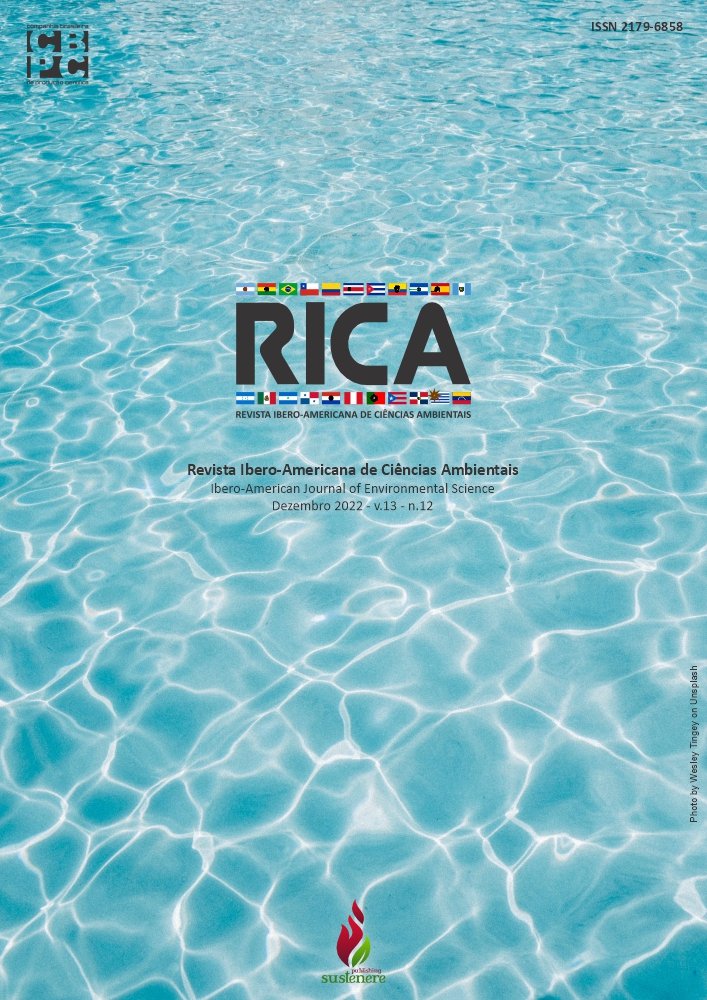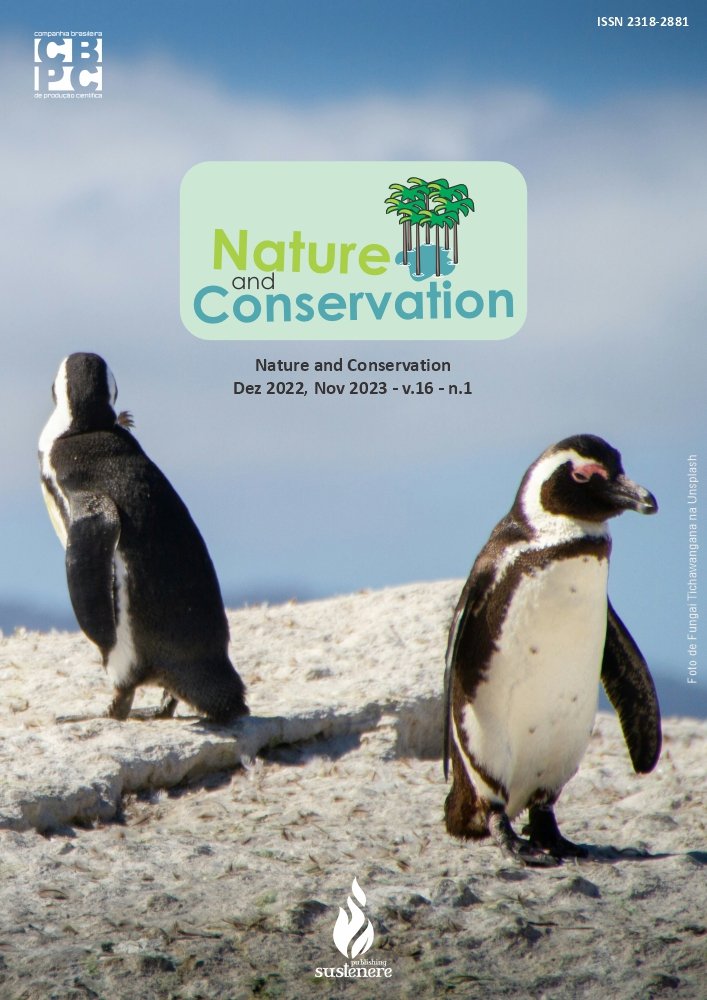Pesticides in surface and groundwater in a sugarcane crop area
DOI:
https://doi.org/10.6008/CBPC2179-6858.2022.012.0014Keywords:
Environmental pollution, Pesticides, Surface water, Groundwater, Drinking waterAbstract
Sugarcane is one of the largest consumers of pesticides in Brazil, and the advance of agribusiness has intensified the consumption of these agents. These biocides can cause damage to the environment, with short, medium, and long-term ecotoxicological effects, and poses a risk to human health. To determine the contamination of surface and groundwater used for human consumption in sugarcane crop areas in the "Zona da Mata" of the state of Pernambuco. An analytical cross-sectional study was carried out in the municipalities of Goiana, Aliança Itambé, Sirinhaém, and Água Preta, considered the largest sugarcane producers in the state of Pernambuco, in Northeastern Brazil. Samples were collected between December 2021 and February 2022 and analyzed using gas chromatography coupled with mass spectrometry and immunodiagnosis. 93 pesticides were investigated. Eighty-six samples were collected from 43 points of untreated water and chlorinated water from regular supply, close to sugarcane crop areas with demographic concentration. Fourteen pesticides were detected, the most frequent were glyphosate (46.51% of the points), ametrine (16.58%), and atrazine (13.95%). Atrazine and glyphosate were detected in all municipalities. Pesticides were identified at 67.44% of the points, and at least one agent was detected in 48.27% of the samples. No parameter exceeded the Maximum Contaminant Level (MCL) defined in Brazilian regulations, however, azoxystrobin, cyphenothrin, cypermethrin, and etofenprox are not foreseen in the legislation, not having an established MCL in Brazil. Pesticides were identified in wells from rural schools, from mineral water sources, in community wells in rural areas, and in the main rivers and dams in the municipalities. Environmental contamination by pesticides was observed, which could compromise the biota and affect the health of exposed populations. Although the MCL has not been exceeded, non-dose-related damage and additive and synergistic effects may occur.
Downloads
Downloads
Published
Issue
Section
License
Copyright (c) 2023 Ibero-American Journal of Environmental Sciences

This work is licensed under a Creative Commons Attribution-NonCommercial-NoDerivatives 4.0 International License.
The CBPC - Companhia Brasileira de Produção Científica (Brazil CNPJ: 11.221.422/0001-03) the material rights of the published works. The rights relate to the publication of the work anywhere in the world, including rights to renewals, expansions and dissemination of the contribution, as well as other subsidiary rights. All electronically published works may subsequently be published in printed collections under the coordination of this company and / or its partners. The authors preserve the copyright, but are not allowed to publish the contribution in another medium, printed or digital, in Portuguese or in translation.









